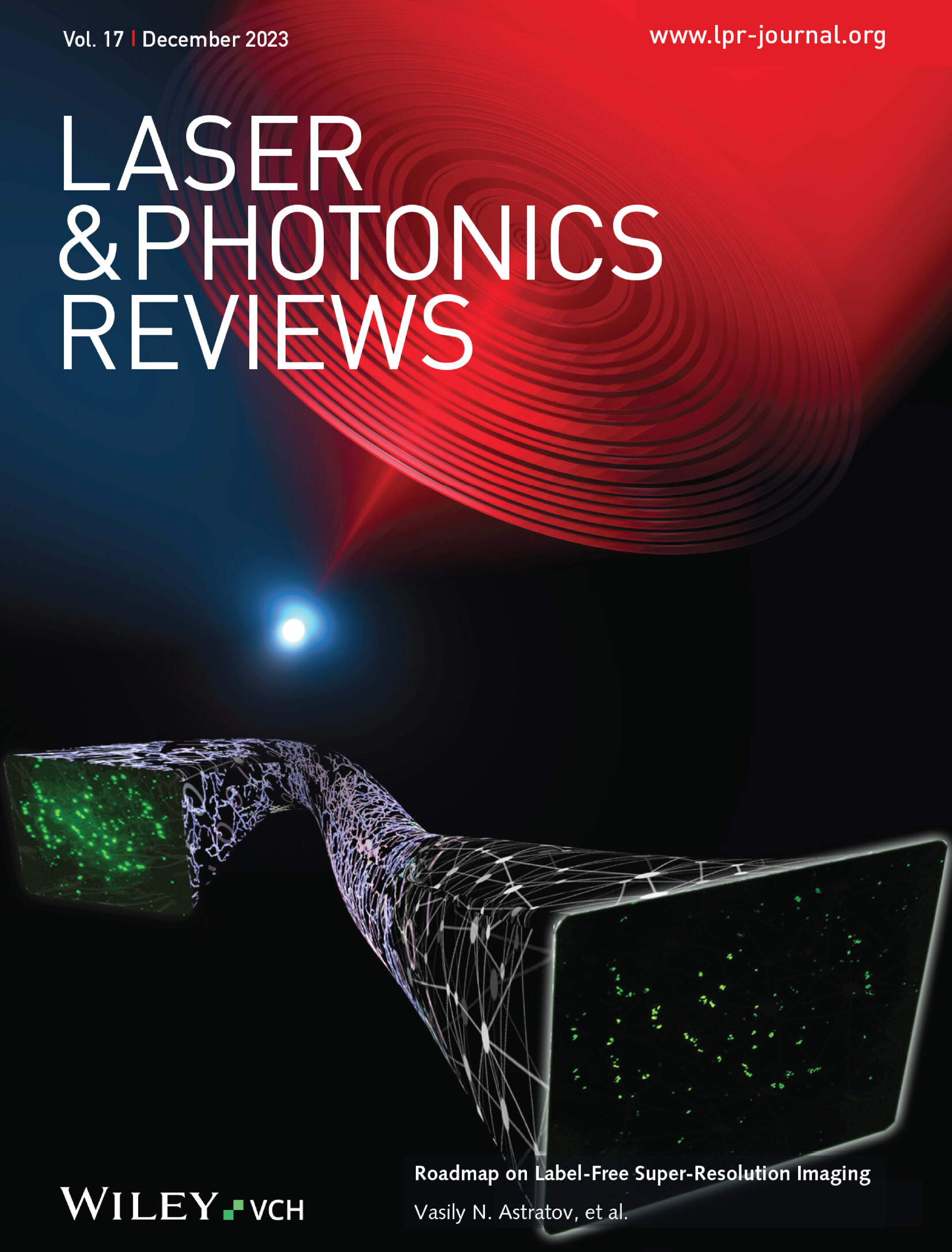Mid-Infrared Reflectance Modulator Based on a Graphene CMOS-Compatible Metasurface
IF 9.8
1区 物理与天体物理
Q1 OPTICS
引用次数: 0
Abstract
Optical modulators based on tunable graphene-metal hybrid metasurfaces have emerged as promising optoelectronic devices due to their high speed and efficient modulation that is controllable through electrostatic gating. In particular, optical modulation in the mid-infrared region has attracted considerable interest for applications in biosensing, imaging, communication, and computing. However, the scalability of metasurfaces poses a challenge as typical fabrication pathways are not compatible with complementary metal-oxide-semiconductor (CMOS) technology. In this work, a tunable graphene-metasurface absorber is presented that integrates a metal-dielectric-metal optical cavity with a graphene layer. Stable performance in ambient conditions is achieved by the incorporation of an ultrathin Al₂O₃ capping layer. This barrier layer prevents direct contact between the metallic antennas and the graphene layer, which results in a large on/off ratio. For a gold metasurface, the creation of an optical cavity strongly enhances the modulation depth of the reflectance between 7 µm to 8 µm from 11% to 47%. By replacing gold with aluminum, a cost-effective material employed in foundry processes, a comparable maximum modulation depth of 49% is obtained. These results open a new pathway for the integration of tunable graphene–metal hybrid metasurfaces with CMOS-compatible technologies, facilitating a scalable production of mid-infrared modulators.

求助全文
约1分钟内获得全文
求助全文
来源期刊
CiteScore
14.20
自引率
5.50%
发文量
314
审稿时长
2 months
期刊介绍:
Laser & Photonics Reviews is a reputable journal that publishes high-quality Reviews, original Research Articles, and Perspectives in the field of photonics and optics. It covers both theoretical and experimental aspects, including recent groundbreaking research, specific advancements, and innovative applications.
As evidence of its impact and recognition, Laser & Photonics Reviews boasts a remarkable 2022 Impact Factor of 11.0, according to the Journal Citation Reports from Clarivate Analytics (2023). Moreover, it holds impressive rankings in the InCites Journal Citation Reports: in 2021, it was ranked 6th out of 101 in the field of Optics, 15th out of 161 in Applied Physics, and 12th out of 69 in Condensed Matter Physics.
The journal uses the ISSN numbers 1863-8880 for print and 1863-8899 for online publications.

 求助内容:
求助内容: 应助结果提醒方式:
应助结果提醒方式:


